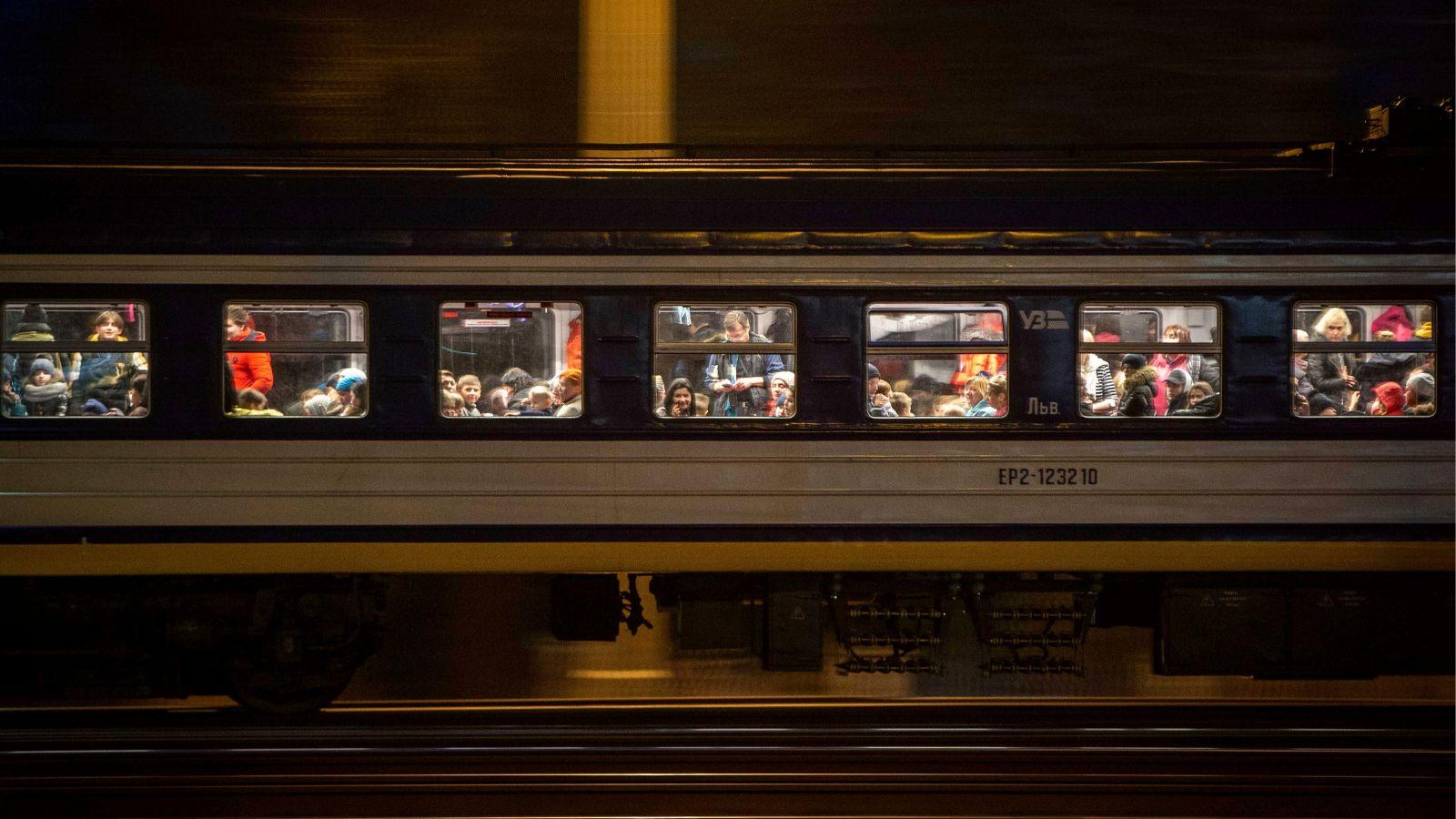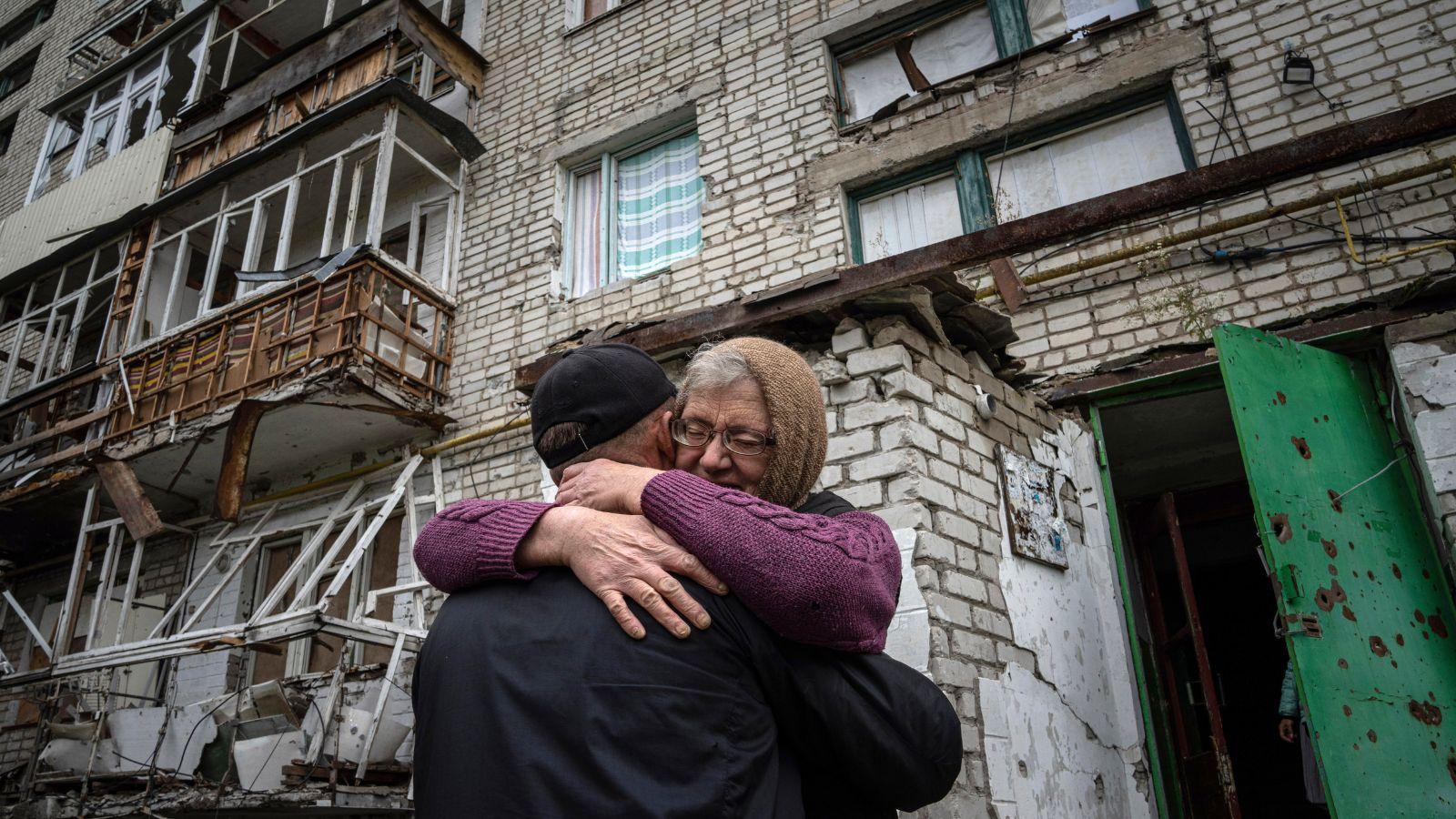The ongoing war in Ukraine that began a year ago has killed thousands of people and forced millions to flee their homes. Entire cities have been reduced to rubble.
The intense confrontations have also fueled fears of an open conflict between Russia and NATO.
President Vladimir Putin launched an invasion of Ukraine from the north, east and south in what he called a “special military operation” to achieve the “demilitarization” and “denazification” of the country and protect ethnic Russians.
Moscow also wanted to prevent Kyiv’s NATO membership and to keep it in Russia’s “sphere of influence.” Ukraine and the West say it’s an illegal act of aggression against a country with a democratically elected government and a Jewish president whose relatives were killed in the Holocaust.
Russian troops quickly reached Kyiv’s outskirts, but their attempts to capture the capital and other cities in the northeast met stiff resistance.
In the video above, The World’s correspondents Daniel Ofman, Durrie Bouscaren and Shirin Jaafari reflect on some of the key moments they have covered over the past year.
The magnitude of the conflict, with no end in sight, has striking numbers.
Ahead of Russia’s full-scale invasion of Ukraine on Feb. 24, over 150,000 Russian troops had been amassing around Ukraine in Belarus and Russia.
At the start of the invasion, Ukraine had an active 196,600 military personnel. New conscripts and civilian volunteers bolstered the number of personnel to anywhere between 500,000 and 700,000.
Russia’s planned recruitment of about 300,000 new troops last fall proved successful, expanding their military numbers to well over a million people.
Military casualties for both nations are said to have reached the tens of thousands.

Civilians in both countries have lost their lives, over 7,000 in Ukraine and more than 5,000 in Russia. Explosive weapons have caused 94% of those casualties.
Approximately 14 million Ukrainians are either internally or externally displaced due to the war, with nearly 8 million Ukrainians living in European countries as refugees.
Meanwhile, 700,000 Russians fled the country since the initial mobilization was declared, with many fleeing to neighboring countries when a draft was announced.
AP contributed to this report. With research from Fabian Garcia. Video produced by Maria Elena Romero and Andrew Blum.
